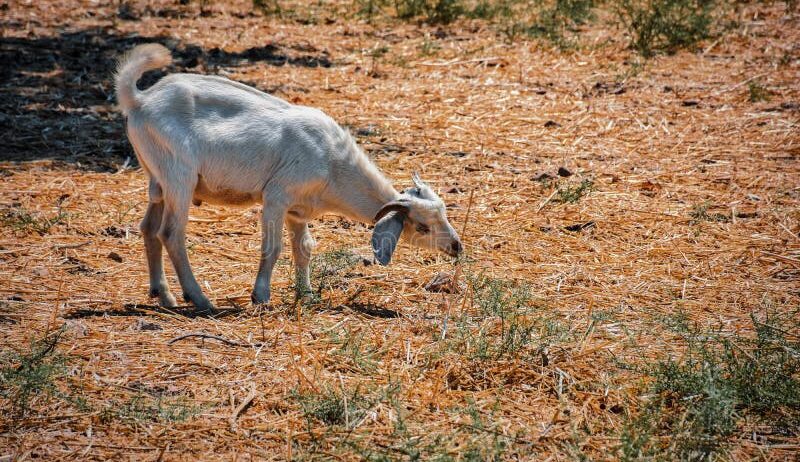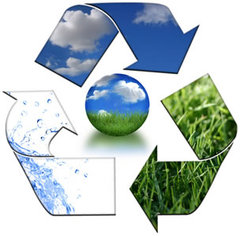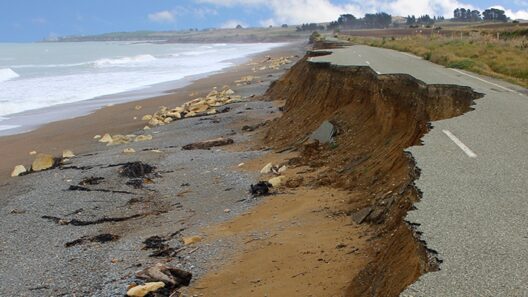As we navigate through the 21st century, the accelerating effects of global warming on our planet are becoming more conspicuous, particularly in arid regions. These dry lands, characterized by their scant vegetation and limited moisture, are now facing unprecedented challenges. How would one feel to witness the very essence of life—water—become an increasingly scarce resource? Additionally, when this vital element manages to manifest, it often brings with it a host of detrimental consequences. The encroaching specter of climate change continues to endanger the fragile ecosystems that inhabit these parched landscapes. In this exploration, we will delve into the multifaceted implications of global warming on arid zones, examining the repercussions not only on the environment but also on local communities and broader agricultural systems.
One of the most alarming consequences of climate change in arid regions is the exacerbation of temperature extremes. With rising global temperatures, we see an increase in the frequency and intensity of heat waves. These extreme conditions can lead to significant ecological disturbances, fundamentally altering the delicate balance of local ecosystems. As temperatures soar, water evaporation rates increase dramatically, straining already limited water supplies. This phenomenon results in drier soil, reducing agricultural productivity and threatening the livelihoods of those reliant on farming. It begs the question: what happens to crops that cannot cope with relentless heat and inadequate moisture?
The answer lies in the intricate relationship between arid lands and their inhabitants. The agricultural practices in these regions have evolved over centuries, often relying on traditional knowledge and crop varieties well-suited to the local climate. However, as the climate shifts, even the hardiest of crops can falter under the oppressive heat. This creates a formidable challenge for farmers, who must adapt their methods to contend with these new realities. New crop varieties may need to be developed, ones that can withstand drought conditions and heat—yet this is no simple feat. The process of breeding resilient crops is complex, time-consuming, and often expensive, making it a daunting task in regions already facing economic hardships.
Additionally, the scarcity of water resources fuels tensions between communities. As rivers dwindle and groundwater levels fall, competition for water intensifies. People often find themselves at odds over access to this essential resource. This struggle can lead to broader social conflicts, complicating the already intricate dynamics of local governance and communal harmony. In a world where access to water is increasingly uncertain, can societies find a way to navigate these challenges, fostering collaboration rather than conflict?
The effects of global warming extend beyond immediate water shortages. Deteriorating environmental conditions lead to soil degradation, a process often exacerbated by unsustainable farming practices. With intensified drought, the soil loses its structure and nutrients, becoming increasingly unproductive. This degradation not only impacts food security but also contributes to broader ecological shifts, such as the desertification of once-fertile lands. As desertification progresses, a vicious cycle ensues: as land becomes uninhabitable, people are compelled to migrate, leading to overpopulation in urban areas and further environmental pressures.
In response to these mounting challenges, innovative solutions must be sought. Water conservation techniques, such as rainwater harvesting and sustainable irrigation practices, can play a pivotal role in mitigating the effects of climate change in dry regions. Implementing technologies that monitor soil moisture levels can help farmers optimize their water usage, ensuring that every drop counts. There are also emerging practices in agroforestry and permaculture, which encourage biodiversity and improve soil health. Such strategies help build resilience against the challenges posed by climate change.
However, the implementation of these practices raises crucial questions about accessibility and education. Will local farmers have the resources necessary to adopt these methods? Are there enough programs in place to train communities on sustainable practices? For solutions to truly take root, investment in education and infrastructure is essential. Policymakers, NGOs, and local governments must prioritize initiatives that equip communities with the knowledge and tools they need to thrive in an ever-evolving climate.
Moreover, the international community has a significant role to play. Climate change is not confined by borders, and the consequences of its impact on arid regions ripple outward. Collaborative efforts that transcend national boundaries will be critical in addressing the challenges posed by global warming. By sharing knowledge, resources, and technology, countries can work together to forge a path toward sustainable development for dry lands.
Amidst these multifarious challenges, the issue of biodiversity loss cannot be overlooked. As habitats become increasingly inhospitable, plant and animal species native to arid regions face the daunting prospect of extinction. This loss of biodiversity not only diminishes the ecological resilience of these areas but also affects the cultural practices and traditions of local communities that are often intertwined with their environment. Protecting biodiversity in the face of climate change is not only an ecological imperative but a moral one. How can we ensure that this rich tapestry of life is preserved for generations to come?
Ultimately, the perilous situation of dry lands in the face of global warming serves as a clarion call to action. Increased awareness and proactive measures must be prioritized to safeguard these regions and their inhabitants. Through sustainable practices, innovative solutions, and collaborative efforts, there lies the potential to not only mitigate the effects of global warming but also foster vibrant, resilient communities. The path forward may be fraught with difficulty, but the imperative to act is clear: our dry lands are in danger, and it is our responsibility to protect them.







